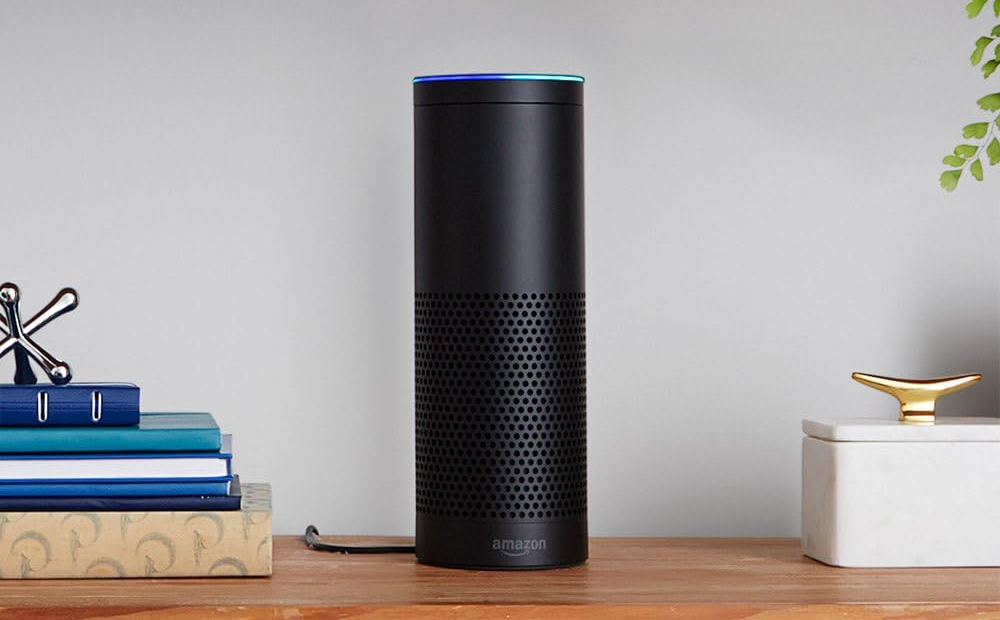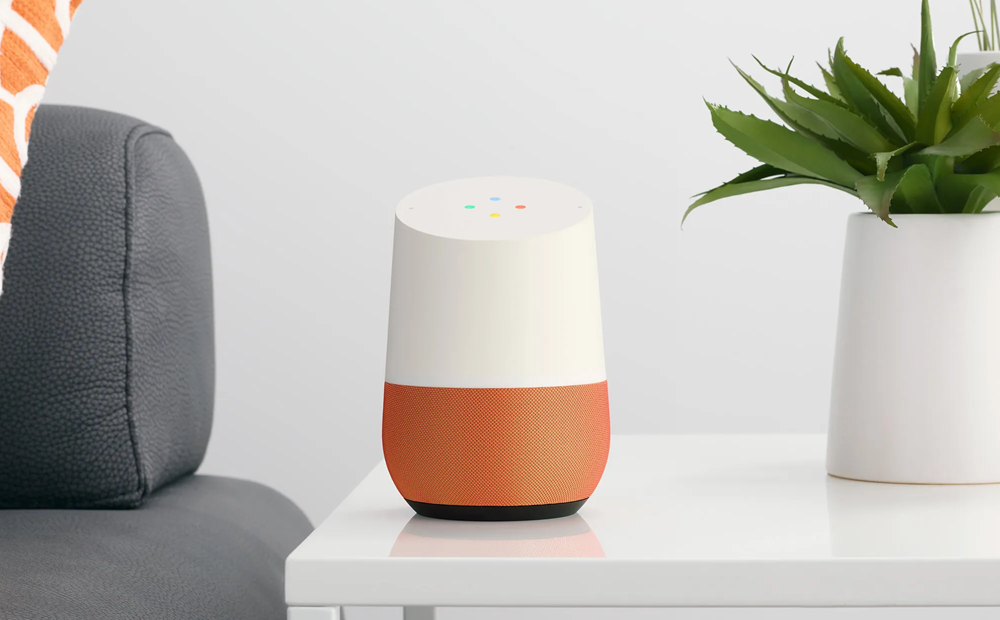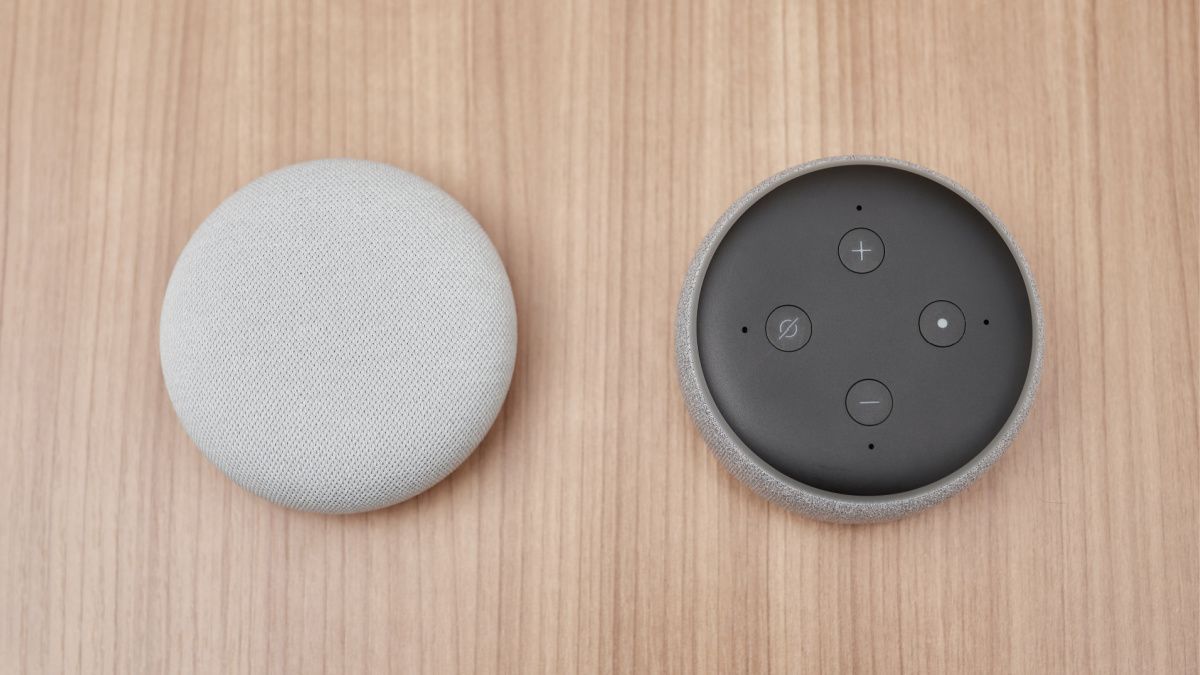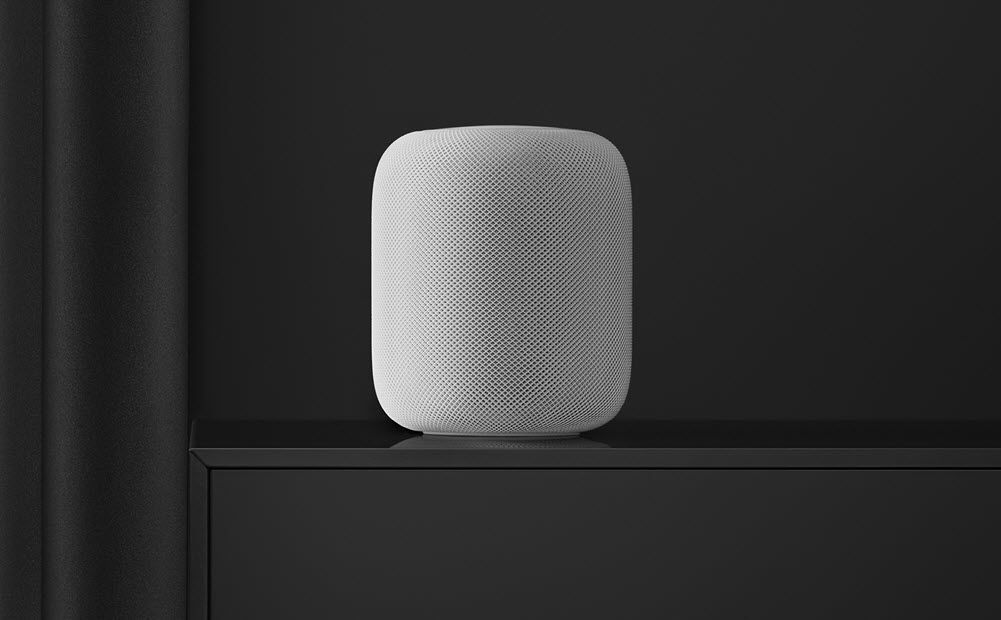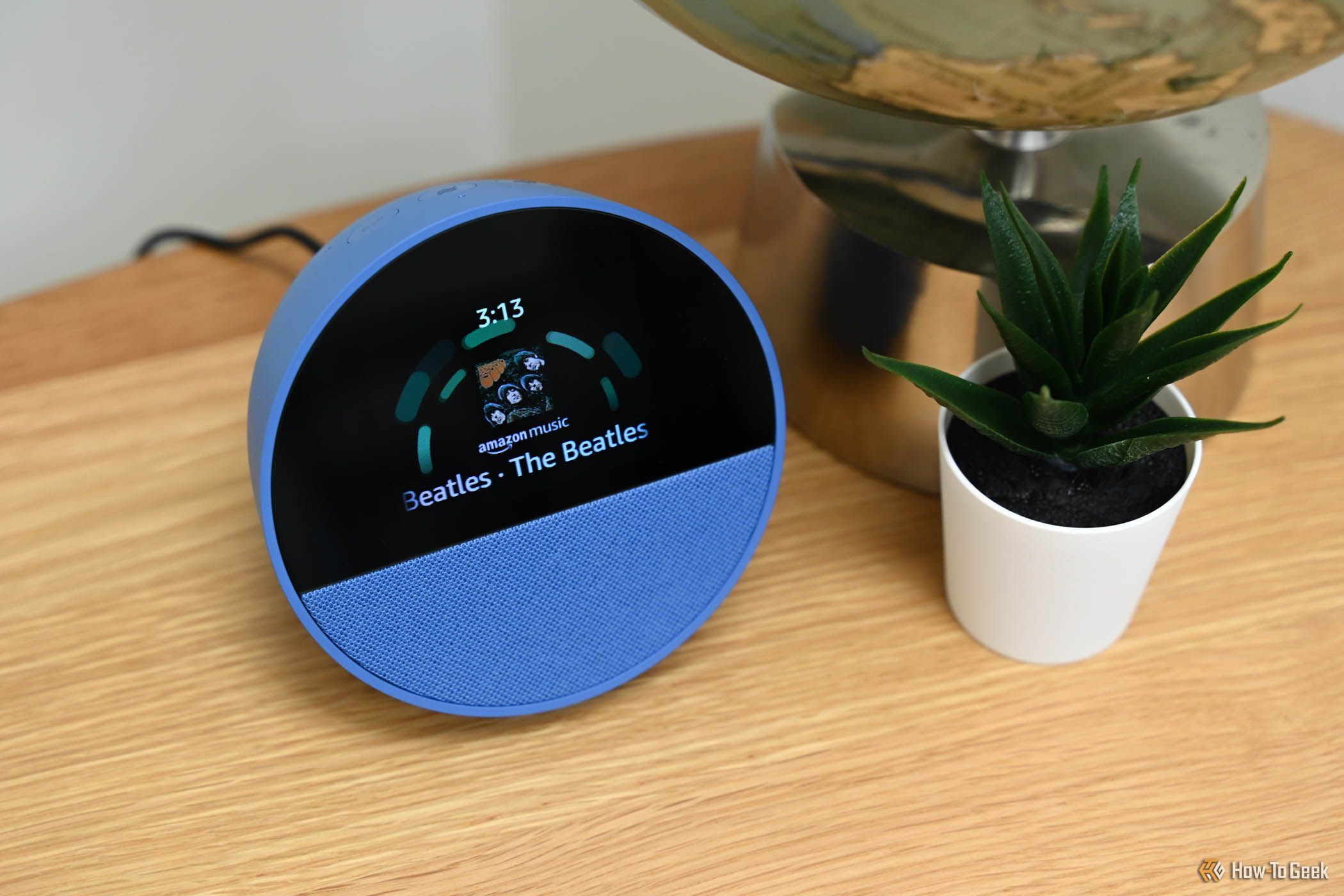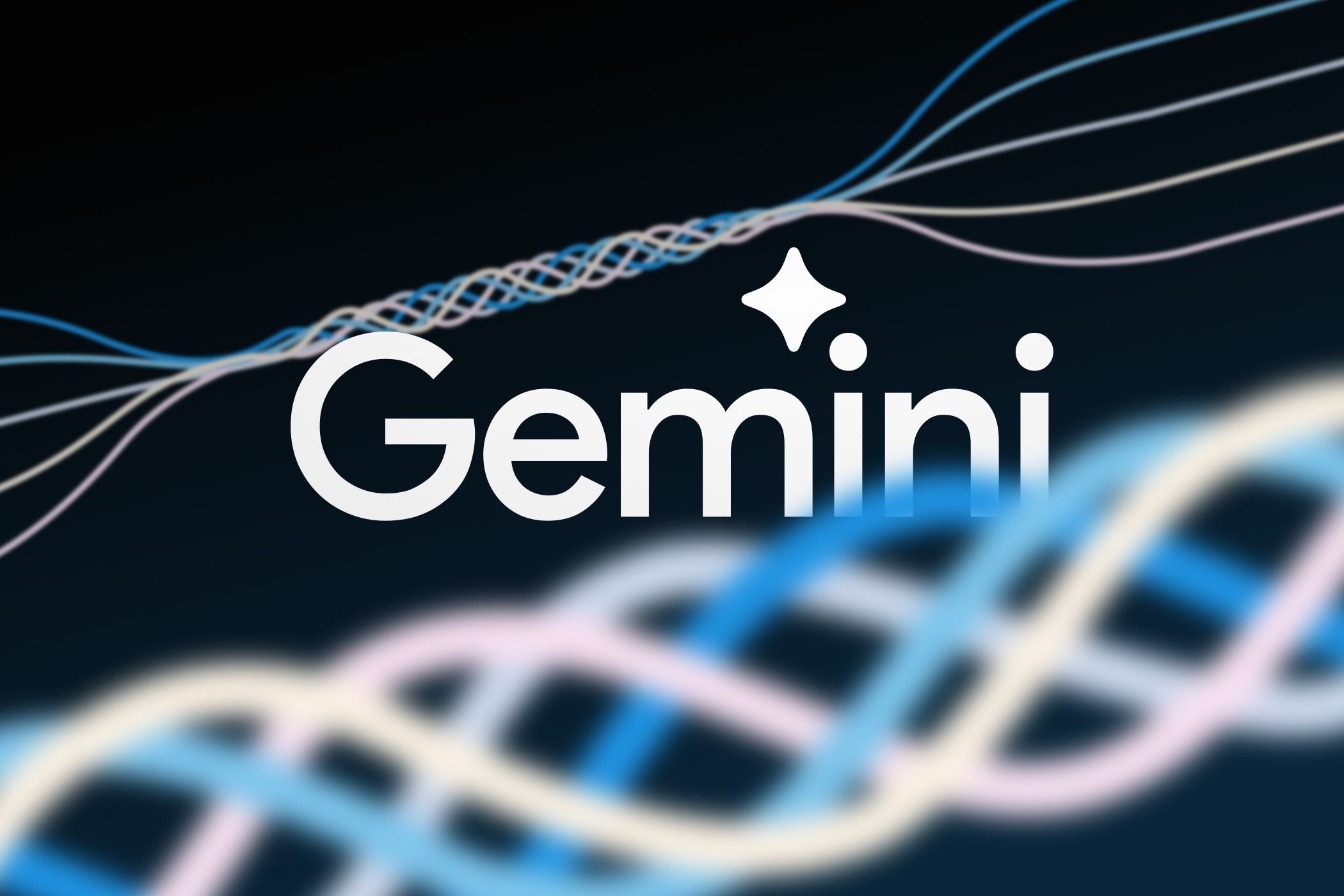Remember when talking to a black cylinder or fabric-covered puck that felt like the pinnacle of futuristic living? It’s been exactly 10 years since Amazon’s original Echo speaker was announced, kicking off a smart speaker revolution that transformed the way we interact with technology.
Amazon’s initial Echo device came out of nowhere: a voice-controlled speaker that could answer questions, play music, and even control your smart home devices (if you had any back then). It was a cool concept, and it quickly captured the attention of tech enthusiasts and the average consumer. Since then, Echo devices have become members of a very crowded space. Let’s take a look back at how far we’ve come.
Amazon Echo (2014)
The original Amazon Echo was announced on November 6th, 2014 for $179. It was a tall, narrow cylinder with what would soon become an iconic blue ring of light around the top edge. The design has aged surprisingly well. The real star of the show, however, was beneath the somewhat industrial exterior. This was our first time meeting Alexa, Amazon’s voice assistant.
Alexa actually started life as “Ivona,” a Polish speech synthesizer bought by Amazon in 2013. But it didn’t take long for people to be saying “Alexa” with increasing confidence. It could play music from Amazon Music (Spotify wouldn’t be added until 2016), answer basic questions, set timers, read news headlines, tell you the weather, and control smart home devices.
That may be a surprising list of features to you, but it’s a testament to how fleshed out the original Echo was. It was more than a device for creating timers, and Amazon was adding new “Skills” and features fervently. This is the rare product that would still be perfectly usable and familiar today, 10 years later.
Of course, the original Echo had its limitations. Its voice recognition wasn’t always the sharpest, and its speaker wasn’t exactly audiophile-grade. But it was a glimpse into the future, a hint of the possibilities that voice assistants could offer. Amazon laid the foundation for the smart speaker boom that was to come.
Google Home (2016)
Google wasn’t going to sit back and watch Amazon steal the show. On November 4th, 2016, almost exactly two years later, the Google Home was announced for $129. Instead of the utilitarian, industrial design of the Echo, Google went for a much softer vibe. It looked more like a decorative piece you’d find in a modern home goods store, and it was available in a variety of colors to match your decor.
But the real differentiator was Google Assistant. While Alexa had a head start, Google is Google, and it had years of experience in search and natural language processing. Assistant actually debuted before the Google Home in May 2016 as part of the long-forgotten “Allo” app. Alexa was pretty good, but asking Google Home a question felt more like tapping into the vast knowledge of the internet itself. It could understand complex queries, provide detailed answers, and even engage in surprisingly natural-sounding conversations.
Google Home also played nicely with the rest of the Google ecosystem. You could add events to your calendar, send emails, and even get traffic updates for your commute. By this time, Alexa supported many services, but Google was better out of the gate. It launched with support for a much wider selection of third-party services.
Another big selling point was Chromecast integration. Google Home’s ability to control Chromecast devices was a game-changer for home entertainment. You could tell it to play your favorite shows on Netflix, YouTube, or any other Chromecast-enabled app, turning your TV into a voice-controlled entertainment center.
The Google Home wasn’t just a worthy competitor to the Echo—it was a legitimate alternative, offering a different set of strengths and appealing to a different type of user. Things were about to really take off.
The Mini Explosion
While the original Echo and Google Home were relatively popular, it was the introduction of their smaller, more affordable siblings that truly led to the smart speaker explosion. The Echo Dot (March 2016) and Google Home Mini (October 2017) shrunk the technology down to a more compact size and, most importantly, slashed the price.
Suddenly, smart speakers weren’t only a luxury item you might only have in one room of your home. The Echo Dot was still $90, but Google priced the Home Mini at a very aggressive $50. Google, especially, was practically giving them away, bundling Home Minis with other products and offering promotional deals to get them for free.
This aggressive pricing strategy paid off. The Echo Dot and Google Home Mini flew off the shelves, introducing millions of people to the convenience of voice assistants. Their small size meant they could fit anywhere—on a nightstand, in a kitchen, even in a bathroom. They became the perfect entry-level smart home device, and that was precisely the goal.
Amazon and Google hoped that by selling these devices at a loss, they could gain market share and make the money back in other ways. For example, Amazon thought it would increase online shopping through voice commands. Google, being Google, was interested in gathering user data. Did this aggressive strategy pay off in the long run? We’ll get back to that.
Apple HomePod (2018)
Apple, never one to be left out, finally threw its hat into the smart speaker ring on February 9th, 2018 with the HomePod. But true to form, Apple did things a little differently. While Amazon and Google were focused on extreme affordability, Apple went for a premium experience, aiming squarely at the audiophile crowd.
The HomePod was a sleek, minimalist cylinder wrapped in a seamless mesh fabric. It was available in white or space gray, perfectly complementing Apple’s aesthetic. But the real focal point was sound quality. Apple packed the HomePod with an array of seven tweeters, a high-excursion woofer, and a powerful A8 chip to handle the audio processing. The result was a rich, detailed sound that put its competitors to shame.
Of course, the HomePod also featured Siri, allowing you to control your music, get information, and manage your smart home devices. However, Siri on the HomePod (like Siri on iPhones) wasn’t quite as capable as Alexa or Google Assistant. It struggled with complex queries and lacked the deep integration with third-party apps that its competitors offered.
And then there was the price. The original HomePod launched at a hefty $350, significantly more expensive than the Echo or Google Home. This high price tag, combined with Siri’s limitations and a lack of support for music services beyond Apple Music, limited the HomePod’s adoption.
Apple eventually discontinued the original HomePod in 2021. A few months later, it released a smaller and more affordable HomePod Mini for $100. The Mini retained the sleek design and impressive sound quality of its predecessor but at a more palatable price point. It also addressed some of the original HomePod’s shortcomings, with improved Siri capabilities and broader music service support.
A second-generation HomePod was launched in 2023 for a slightly lower price of $300. At the time of writing, it’s the only remaining HomePod being sold by Apple.
Smart Speakers Today
Nowadays, smart speakers are common in many households. They’ve evolved from simple voice assistants to sophisticated hubs that can be the brains of complex smart homes. People use them to set alarms, play music, get recipes, make calls, initiate smart home routines, turn on lights, and even order groceries.
Amazon and Google succeeded in making voice assistants easily accessible, but at what cost? According to a report, Amazon had more than $25 billion in losses from its device business between 2017 and 2021. Alexa can be found in millions of homes, but a former senior employee said, “We worried we’ve hired 10,000 people and we’ve built a smart timer.” The reality is asking about the weather and how old Michael Jordan is doesn’t make money.
Still, we’re currently sitting at another big moment for smart speakers. AI has been a huge talking point over the last couple of years, but it hasn’t really made its way to smart speakers yet. Google’s Gemini is just starting to join Assistant on Nest devices—for better or worse. Amazon is also working on upgrading Alexa with generative AI.
We may see smart speakers become more proactive, anticipating your needs before we even ask. AI could enable them to be the personal assistants they were always intended to be, helping you manage your schedule, organize your life, and stay connected with the world around you. It could also lead to far more misinformation and dangerous advice.
One thing is clear: Amazon is firmly responsible for one of the biggest tech innovations of the past decade. With smartphones and tablets already well established, only smartwatches and truly wireless earbuds are in the conversation with smart speakers. The futuristic vision of a whole-home, always-listening virtual assistant is our reality.

